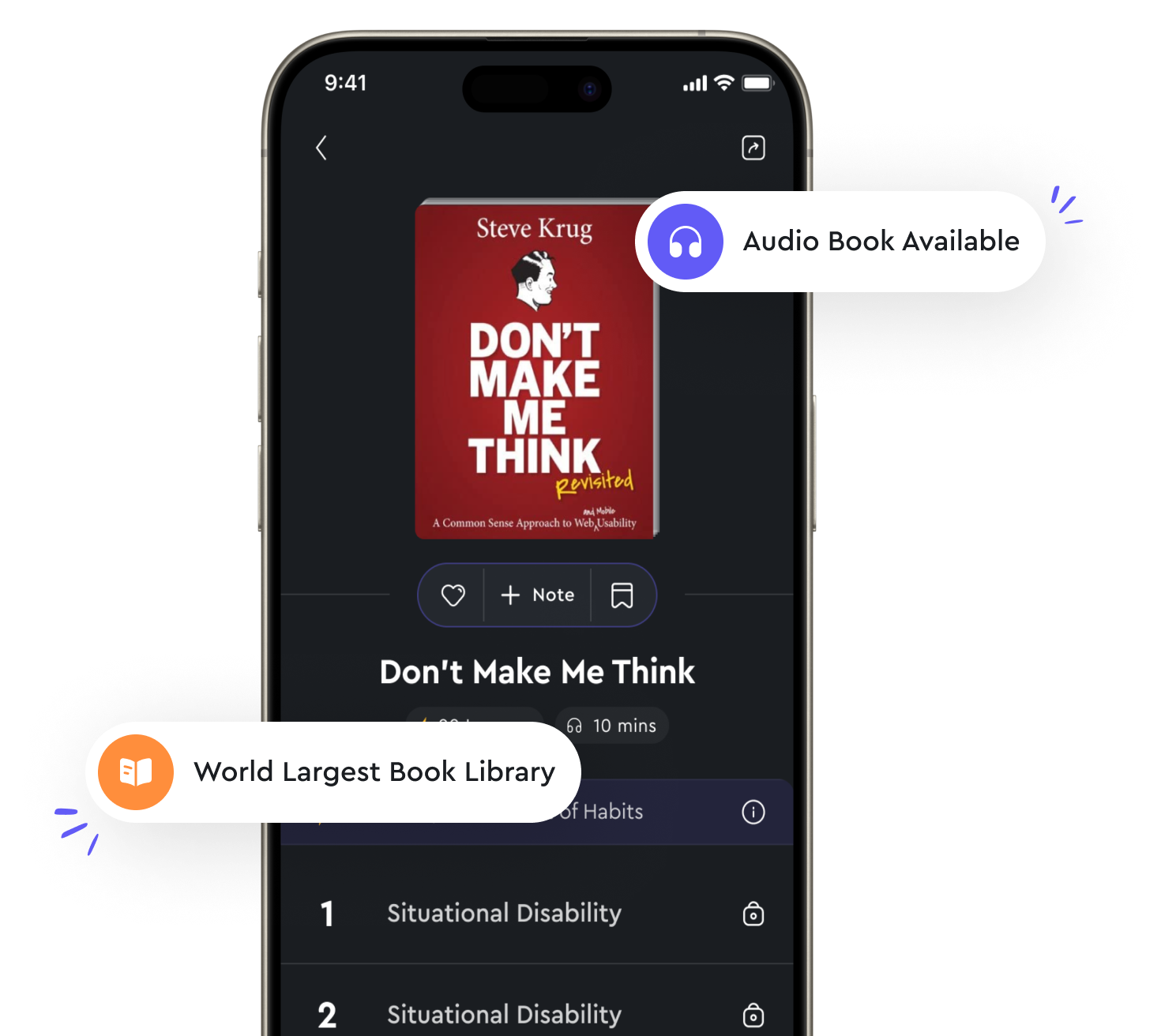Paralinguistic signals shape meanings from "summary" of Nonverbal Communication: Science and Applications by David Matsumoto,Mark G. Frank,Hyi Sung Hwang
Paralinguistic signals are a powerful tool in expressing meaning and understanding others. They can be used to emphasize a point, express emotions, or even create a feeling of connection with another individual. They are an essential part of communication and can greatly impact the way a message is received.- Paralinguistic signals contribute to the way we convey our meanings- how we say something has an influence on what is being said.
- Certain social rules might also suggest when it's considered appropriate to use paralinguistic features in conversation, reflecting the cultural context within which a language is spoken.
- While speaking, changes in intonation graphical patterns or verbal elements such as pace and pauses are employed in order to shape the inferred meanings behind the conversation.
- For centuries, people have used vocal qualities, such as volume and pitch, to shape implicit meaning.
- Even subtle aspects of communication, such as pauses between words, indicate individual concerns around personal space, suggesting feelings of comfort and familiarity with the person you are talking to.
- Research has shown that while we may focus more heavily on the words that someone speaks, body language often accounts for more than half of all communication effectiveness.

